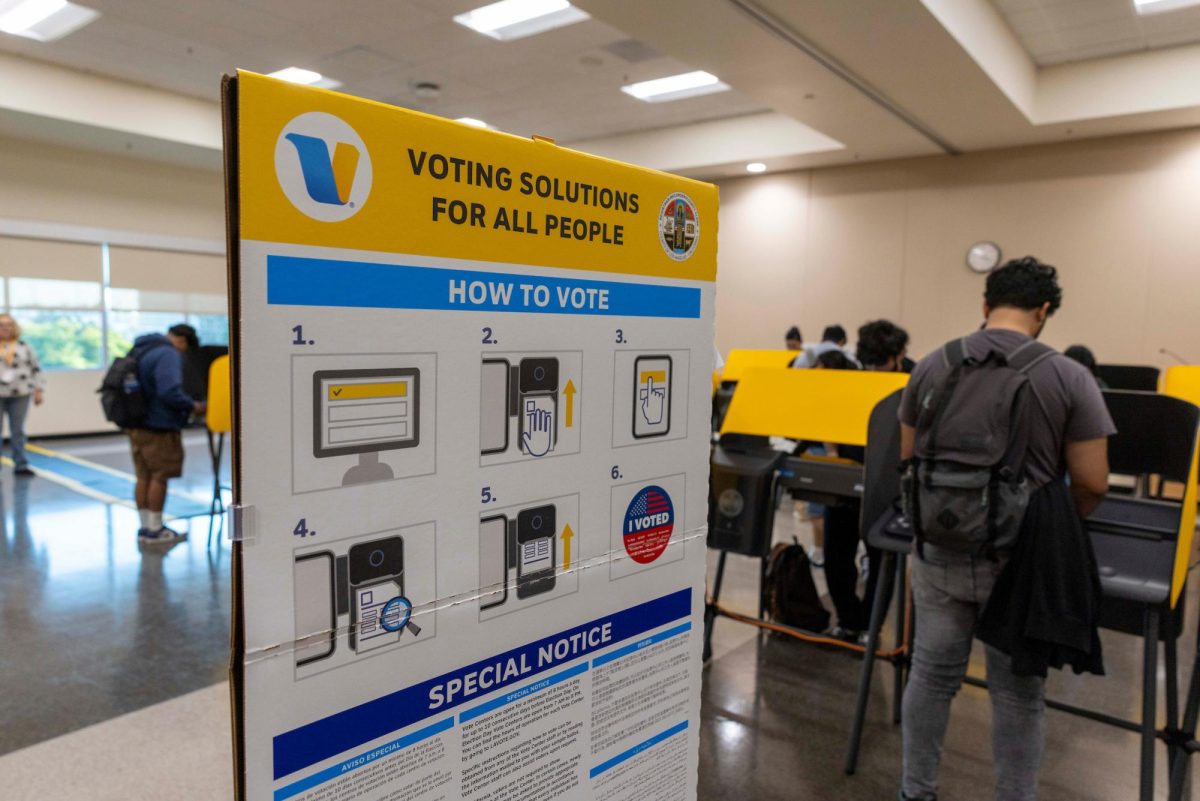Alana Gentry has dedicated much of her adult life to supporting children and guiding parents through the daunting task of parenthood. Although Gentry and her husband tried to have kids naturally and through multiple rounds of IVF, they struggled with infertility. After looking into fostering children, their lives changed forever.
“We just felt like after hearing about how many thousands of children all over but in California and Los Angeles that needed care whether it was temporary or permanent, we just knew we wanted to step into that role and be part of that journey for that child,” she said. “Whether it was for a short period of time or a long period of time.”
This may change for parents seeking to foster as 9,000 foster children could lose their homes and be moved into county care as insurance companies end their liability insurance for foster family agencies (FFAs). due to recent bills in the state legislature.
Assembly Bill 2496 was signed by Gov. Gavin Newsom in late September, which leaves FFAs in California uninsurable. This comes months after FFAs were informed that their insurance provider, the Nonprofit Insurance Alliance in California (NIAC), would not renew liability insurance.
There are over 45,000 children in the foster care system in California, 9,000 of which are under the care of FFA resource homes. These agencies are licensed by the Community Care Licensing Division within the California State Department of Social Services, and contracted by their county. This license allows them to train, certify and provide resources for foster families, but it also forces them to have insurance required by the county.
Past legislation has led to an increase in settlements against FFAs, which have caused many insurers to leave the market en masse. In January 2020, a bill granted child sexual assault victims a three year window to file an older claim that may have been blocked from previous statute of limitations. Another bill in October 2023 removed the statute of limitations for all future claims.
This has left NIAC to cover 90% of these agencies. NIAC, unable to handle the increasing number of settlements, then decided to send out non-renewal notices to FFAs.
Gentry is worried about the situation, and unsettled that politics is overshadowing what is going to happen to the children who are in FFAs.
“It’s really upsetting. I mean there’s already a lot of trauma that happens when it comes to dealing with foster kids,” she said. “Why put this on them even more when it has nothing to do with their family situation? It’s just politics really.”
In an effort to save FFAs from their impending collapse, a bill was introduced in February, the Foster Family Agency Accountability Act (AB2496). This bill would allow them to become insurable once again, and would clear FFAs of any wrongdoing due to harm caused by other parties. The FFAs could be held liable for their own negligence, but not for harm caused by employees, volunteers, or officers employed by them. According to the NIAC, if the bill had passed, the NIAC would have taken back their non-renewals and continued to provide coverage. The bill was amended, and by the time it reached Newsom, it left the FFAs in a far worse position, leading the NIAC to continue with their non-renewals.
The influx of 9,000 children will likely cause an even greater strain on the county, which is already stretched thin due to its large workload.
Laura De La Cruz, a program supervisor for a Los Angeles County FFA, compared her program’s resources to that of the county. While her program sees its workers with 15 to 18 cases, county workers can see anywhere between 30 to even 60 cases each.
“Because their caseloads are so high, it’s really hard to get a hold of a social worker from the county,” said De La Cruz. “So if you are having an issue, you don’t even know who to talk to or you can’t get a hold of anyone.”
The lack of resources from the county can also lead to a lack of oversight, which in turn can be extremely dangerous where anything can happen. De La Cruz said that her social workers visit their children once a week for 90 days, then every other week from then on, compared to the county who visits a child once a month.
Gentry said she can’t imagine going through all of this without the support of their foster agency. Gentry praised FFA social workers who know the ins and outs of the industry and help foster families navigate the puzzling process of being a foster parent.
“The FFA social workers really help you navigate all of that when it comes to emotionally, you know if you just need support emotionally,” said Gentry. “If your regular social worker is off duty, there’s always an after hours number. They will either help themselves or direct you to where you need to go. You just feel like, really heard and supported.”
As of now, FFAs are in limbo and are waiting to see what will happen next. Some families are looking for agencies not covered by NIAC, but those are scarce. A majority of the families will look to transfer kids over to the county in the coming weeks.
This article was first published in the October 23 print edition of the University Times.













